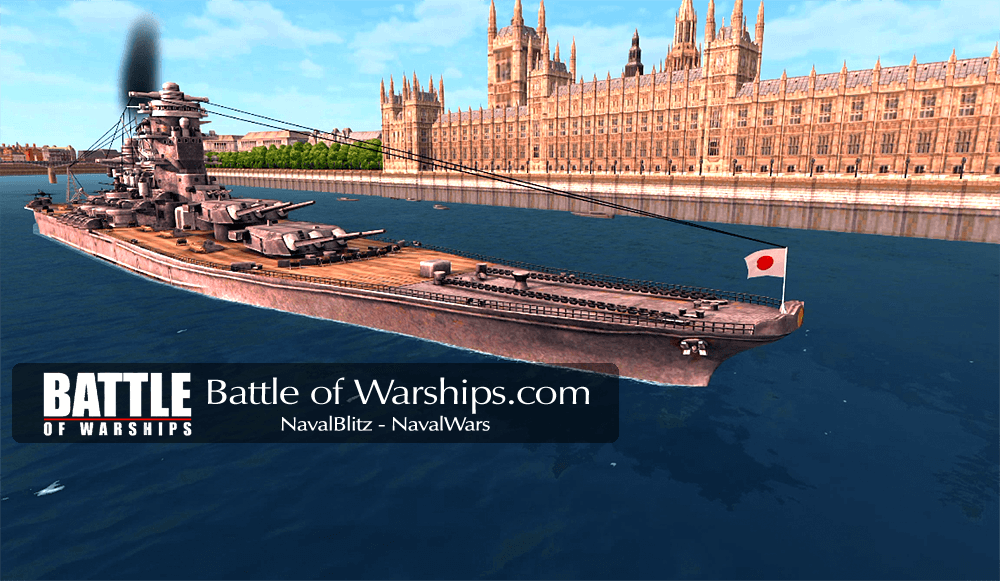

defenses and destroy the fleet off Okinawa. Strategists hoped the battleship’s vast firepower would distract the Americans enough to allow a massive kamikaze strike to penetrate U.S. But now, with the enemy ashore on Okinawa, on the doorstep of the Home Islands, the High Command ordered Yamato on what even the most optimistic considered a suicide mission. Since then, the Yamato, as a floating bastion prepared to defend Japan itself against invasion, had stuck close to its home base at Tokuyama. However, the remaining giant fled the scene with its companions. The Yamato fared better, suffering minor damage. In a day-long assault, nearly 40 torpedoes and bombs smashed into Musashi before the huge ship finally capsized and sank. American torpedo bombers, virtually unmolested, pummeled the intruders.
YAMATO BATTLE GROUP PLUS
One of several Japanese task forces, a flotilla that included Yamato, Musashi, and three other battleships plus a cohort of powerful escorts, but bereft of any real fighter screen, plunged into Philippine waters. As General Douglas MacArthur sloshed onto a Leyte Island beach to pronounce, “I have returned,” armadas from the United States and Japan sailed toward a shoot-out in Leyte Gulf in what would be the largest naval battle in world history. invasion of the Philippines in the fall of 1944. Yamato Nicked Up During Largest Naval Battle In World History Navy destroyed four enemy aircraft carriers, the Imperial Fleet retreated, leaving the pair of monsters to vainly wander the Pacific for two years, searching for a chance to wield their enormous cannon while dodging American bombers and carrier planes.
YAMATO BATTLE GROUP FULL
dreadnaughts, bolstered by a full complement of cruisers and destroyers, might outmaneuver the much smaller enemy fleet and overcome the advantages possessed by the Yamato.ĭuring the first months of the war, Yamato and Musashi had followed the lead Japanese strike force that aimed at Midway Island in June 1942. While the Japanese behemoth could toss its ordnance 45,000 yards, the best efforts of the Americans would fall almost two miles shorter. The rather elderly battleships mustered by Admiral Deyo matched up poorly against the Yamato. But as World War II progressed, the aircraft carrier had swiftly eroded the traditional primacy of surface firepower. Launched before the raid on Pearl Harbor, the pair threatened American domination of the sea. Built in secrecy to evade treaties restricting the size of the Japanese fleet, the Yamato, along with its sister heavyweight, the Musashi, boasted armor plate more than 25 inches thick. Deyo then added the comment, “If the pelicans haven’t caught them all.” A Formidable Vessel From an Earlier Eraĭisplacing 68,000 tons with nine huge 18.1-inch guns that measured 70 feet in length, the oversize Yamato dwarfed any vessel in the U.S. Marc Mitscher’s fast carrier group, had picked up the scent and was already launching an airborne attack.

Deyo’s superior, Vice Admiral Richmond Kelly Turner, advised, “Hope you will bring back a nice fish for breakfast.” But even as Deyo scribbled his reply, “Many thanks, will try to,” the radio crackled news that Task Force 58, Vice Adm.

Morton Deyo, commander of the American gunfire and bombardment forces off Okinawa, prepared to execute a battle plan that would dispatch six battleships, seven cruisers, and 21 destroyers to intercept the Yamato and its cohorts. Under orders to report but not attack, the submarines advised the Pacific Fifth Fleet headquarters of their sightings. The Japanese task force was under Vice Adm. Escorted by a light cruiser and eight destroyers in the East China Sea, the Yamato could only be bound for the American anchorage off Okinawa. In fact, it was the last remaining pride of the Imperial Navy, the mighty battleship Yamato, under full steam. In the dim light through the periscope, a sub skipper guessed the biggest enemy vessel was an aircraft carrier. Last Remaining Pride of the Imperial Navy

submarines, Hackleback and Threadin, lurking around the Bungo Suido exit from the Inland Sea, observed the passage of 10 Japanese warships, including a very large one. In the late afternoon of April 6, 1945, five days after American GIs and leathernecks scrambled onto an Okinawa beach a scant 500 miles from Japan, two U.S.


 0 kommentar(er)
0 kommentar(er)
